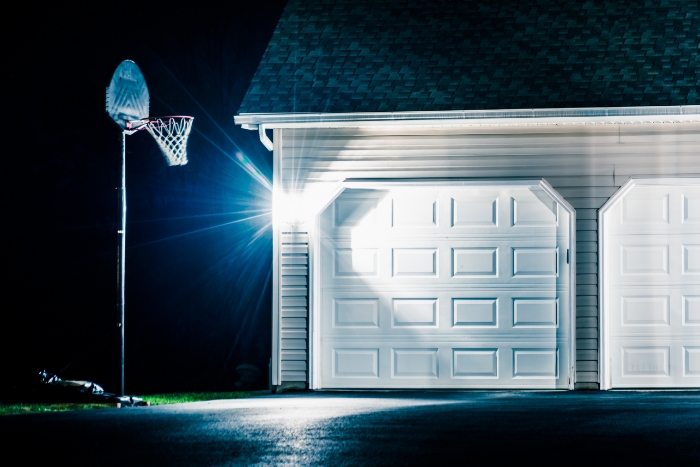Landscape lighting systems normally provide a trouble-free experience. But just like any other mechanical system, there may be a problem or two to investigate and repair. In this article, we will look at some of the most common issues that require troubleshooting.
Lights will not come on
Unplug the transformer. Verify power is going to the transformer and check for a grounded circuit. Open the weatherproof outdoor receptacle cover. Set your amp clamp voltmeter to voltage in alternating current. Using the black and red probes, insert the black probe into the U-slot and the red probe into the short slot on the receptacle. The VAC should read between 110-120.
If you get a voltage reading in this manner, the receptacle is properly grounded. If there is no reading, try resetting the GFCI or the circuit breaker. If the resets continue to fail, consult a licensed electrician.
Remain calm and you will be more effective in a problem-solving situation.
Lights stay on
Control issues are the second most common problem with lighting systems staying on and turning off. Once you have verified power to the transformer, check the controls next. Controls could be an analog timer with or without a photocell, a photocell only, a digital timer or a smart socket.
With the circuit breaker switch on, plug in the transformer. Next, check the timer to see if it is set to an on and off time. Create a two-minute test and cover the photocell if applicable. This short test will show you whether the timer is working. If this works, reset it for the desired schedule and uncover the photocell.
For photocells only, cover the photocell with black tape or the rubber cover if available. This could take a minute or two to turn on.
To test an astronomical timer, it might be necessary to reset it for an alternative latitude and longitude to simulate evening hours.
For smart sockets, use the smart app with your testing. Make sure the socket is online, and then check the signal strength and schedule for on and off times. Note: Most smart sockets work on 2.4 GHz and require a signal strength between -22 and -70 decibel-milliwatts to operate consistently. If controls repeatedly fail this testing, you should replace them.
Circuit breaker on the transformer is tripping
This does not mean the transformer is bad. The circuit breaker on the transformer is normally located on the secondary side of the transformer. It is designed to prevent the landscape cable from smoldering in case of an overload or short. Use an amp clamp voltmeter to troubleshoot in this scenario. Shut off the breaker and unplug the transformer. Remove all the cables from the transformer and check them for strand breakage. Cut the ends and re-strip them if needed.
Insert one pair of cables to the common and voltage tap. Plug in the transformer. Set the meter to amps. Clamp around one of the cables and turn on the breaker. You should see the amp reading on the screen. Wait one minute. If the breaker holds, then shut off the breaker and unplug the transformer. Repeat this process to isolate the problem cable or cables. You should see the amps on the meter’s screen before the breaker trips.
After identifying the cable causing the issue, shut off the breaker and unplug the transformer. Remove the problem cable from the transformer and mark it with red electrical tape. Install all of the good cables into the appropriate common and voltage taps. Plug the transformer in and reset the breaker. Walk the property and identify all the lights that are not working. Look for damage like broken or leaning fixtures and damaged exposed cables or connectors. A bad lamp can also cause the breaker to trip, so use a battery pack and spare sockets to test them as well.
Finishing troubleshooting
Remain calm and you will be more effective in a problem-solving situation. Be sure you have adequate time and bring an extra hand if needed. Have the correct tools. Be sure to follow your company’s policy on customer communication and invoicing after you identify the issue and before you make a repair.
Don’t be afraid to reach out to the manufacturer for tech support. Most have knowledgeable staff to aid.
Kevin Smith is the national technical support and trainer at Brilliance LED, Carefree, Arizona, and can be reached via email.





